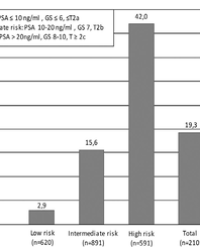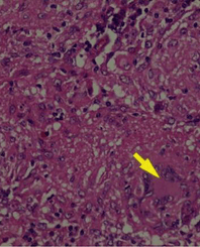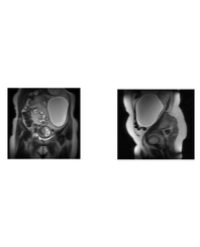Background: Extended pelvic lymph node dissection is the gold standard for lymph node staging in prostate cancer. Sentinel lymph node dissection has replaced extended lymphadenectomy in several tumors. The aim of the study was to stratify the rate of lymph node involvement in prostate cancer patients undergoing radio guided sentinel lymph node dissection depending on preoperative tumor characteristics.
Methods: We analyzed 2,102 prostate cancer patients (median age 67 years, IQR 62-71 years) who underwent radioisotope guided sentinel lymphadenectomy and retropubic radical prostatectomy between January 2005 and February 2015 in a retrospective single center study. Median prostate specific antigen was 7.8 ng/ml (IQR 5.5-12.7 ng/ml). 99mTechnetium nanocolloid (ca. 200 MBq) was transrectally injected into the prostate. A few hours later scintigraphy was carried out. Sentinel lymph nodes were intraoperatively detected using a gamma probe. The rate of lymph node invasion was analyzed for D’Amico risk groups and in relation to biopsy Gleason scores.
Results: The median number of lymph nodes removed was 10 (IQR 7-13). Overall, 19.3% of patients (n=405) had lymph node involvement; 2.9% (n=18) in low, 15.6% (n=139) in intermediate and 42.0% (n=248) in high risk disease. 64 (6.5%) of 984 patients with Gleason score ≤6 prostate cancer were lymph node positive; 20.6% (n=154) or 44.2% (n=84) in patients with Gleason score 7 (3+4; 4+3) and 57.5% (n=103) in Gleason score ≥8 prostate cancer.
Conclusion: We present the largest study on sentinel lymph node dissection in prostate cancer patients until now. The rate of lymph node invasion was higher in the examined sentinel collective than expected according to extended lymphadenectomy series. These results demonstrate the reliability and high sensitivity of sentinel lymphadenectomy for the detection of lymph node metastases in prostate cancer patients.
Alexander Winter1*, Svenja Engels1 , Marie-Christin Süykers1 , Rolf-Peter Henke2 and Friedhelm Wawroschek1





